Samy Kamkar is known for his hacks that qualify as unethical hacks. He has unveiled yet another device by the name of Keysweeper that can be made for only $10. The genius went ahead and gave the design details and software code as well. The device looks like a regular USB wall charger, however, as long as it remains plugged; it continues to search, decrypt, log and transmit all that is being typed into any nearby Microsoft wireless keyboard.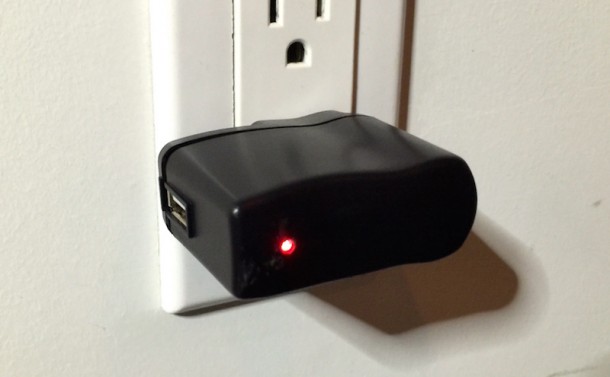
Samy went ahead and told folks how to create one such for themselves by providing them with the hardware and software details required. The gadget is capable of storing the data on a chip so that it can be retrieved physically afterwards or users can opt for the optional GSM chip in order to have the keystrokes transmitted to the hacker in real-time.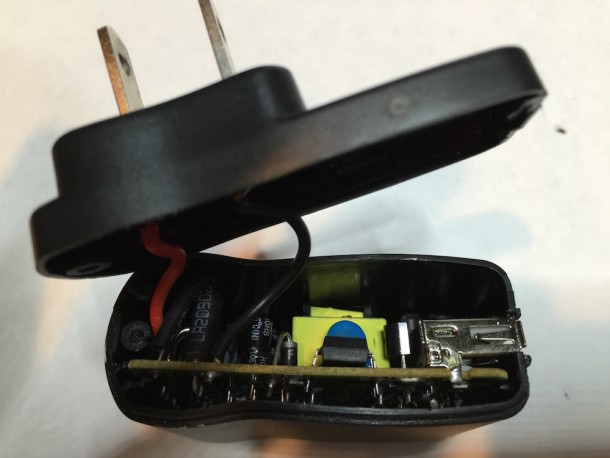
User can have the gadget programmed so that it sends a text when particular keywords are entered. This could really pose a problem; for instance, if you could write the URL of your online banking account and the hacker will be informed right away, the device will continue to report by noting down the username and password as you type. The device is small enough to be hidden with ease into a USB wall charger. It also works as the power source for this hacking device. It has a battery, so in case of socket being switched off or device being unplugged, it continues to operate.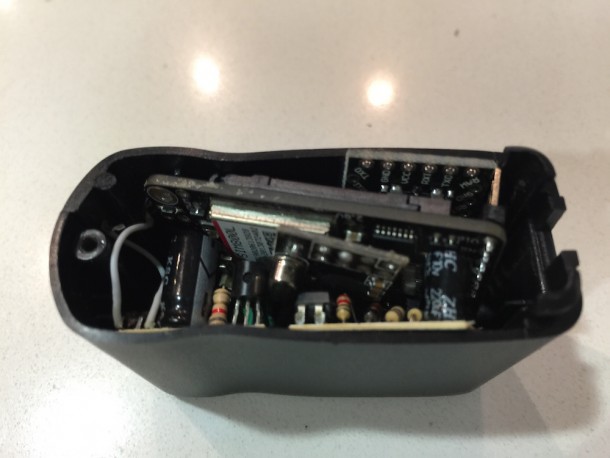
The magic happens because of the Arduino/Teensy microcontroller along with an nRF24L01 + radio frequency chip. Chips are designed so that communication is carried out only over exclusive protocols and Kamkar was able to alter them and became capable of picking up Microsoft keyboards.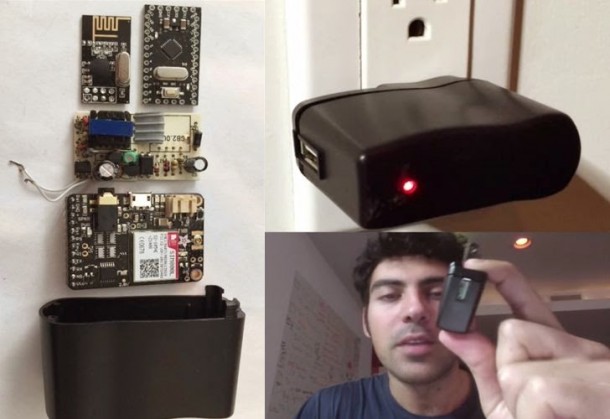
Microsoft has responded to this with, “Keyboards from multiple manufacturers are affected by this device. Where Microsoft keyboards are concerned, customers using our Bluetooth-enabled keyboards are protected from this type of attack.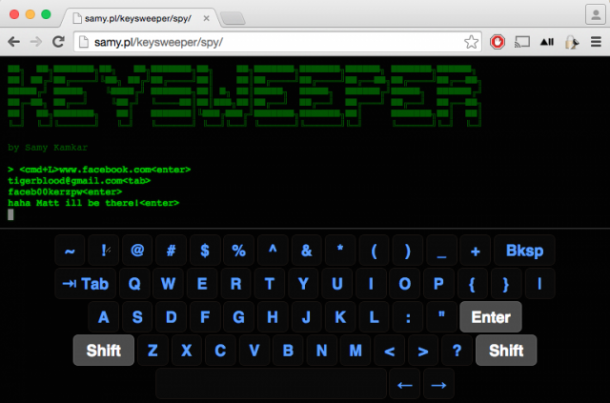 In addition, users of our 2.4GHz wireless keyboard designs from July 2011 onwards are also protected because these keyboards use Advance Encryption Standard (AES) technology.” So beware people of this new hack!
In addition, users of our 2.4GHz wireless keyboard designs from July 2011 onwards are also protected because these keyboards use Advance Encryption Standard (AES) technology.” So beware people of this new hack!


